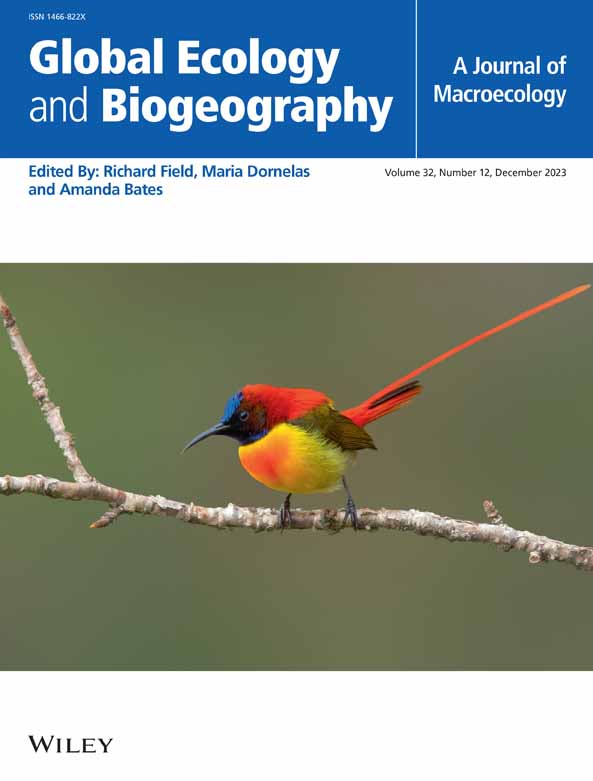The build-up of local species diversity requires completing the transition from allopatry to sympatry to local coexistence (syntopy). However, understanding processes than enable species arising in allopatry to become syntopic remains an unsolved challenge. Potential explanations include niche conservatism, niche divergence, and energy availability. To gauge their importance, we modelled the effects of species split age, the divergence in beta and alpha niches, specialisation, and resource availability to reveal factors driving the evolution of local species coexistence upon speciation.
Global.
Miocene to the present.
Passerine birds.
We collated a dataset of 206 passerine sister species pairs, each with their age of divergence; range sympatry; degree of syntopy (derived from 7,257,312 complete eBird checklists falling within the area of range overlap); beta niche divergence (habitats and environmental characteristics); alpha niche divergence (morphology, diet, and foraging stratum); species ecological specialisation (diet and foraging stratum); resource availability; and body mass. We used phylogeny-informed models to infer which of these factors best explained local species coexistence upon speciation.
There was a major effect of niche conservatism as species with more similar beta niches (canopy height, vegetation greenness, moisture availability, and habitat affinities) exhibited higher degree of syntopy. Small species with similarly sized beaks and high specialisation on diet were also more likely to coexist locally. In contrast, the divergence or overlap in alpha niches (diet and foraging stratum) did not predict the degree of syntopy. Confirming previous studies, the degree of syntopy strongly increased with increasing range sympatry, while only weakly in older species pairs.
The evolution of secondary syntopy is driven by niche conservatism, ecological specialisation, and body mass-related energy requirements. Consequently, the accumulation of local species richness is facilitated by both conservatism and differentiation along various ecological niche dimensions.



